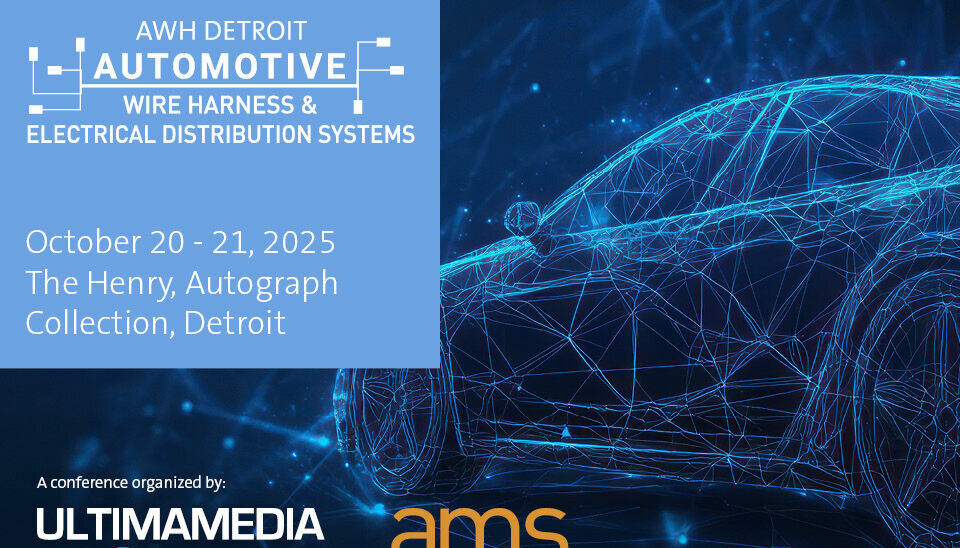More autonomous driving systems
-

How Germans really feel about autonomous driving
-

How Stellantis and Bolt are shaping Europe’s robotaxi ambitions
-

Micron launches Automotive-UFS-4.1
-

Mercedes, Momenta and Lumo launch robotaxi fleet in Abu Dhabi
-

Audi sharpens driver assistance and cockpit experience across key models
-

Infineon and Lenovo expand SDV computing partnership
-

Complete radar solutions on a chip
-

Nvidia unveils its first reasoning AI for AVs
-

Bolt and Pony.ai join forces to launch robotaxis
-

Aumovio and SAP forge cloud alliance
-

“Continuous pipelines have become business-critical”
-

What autonomous transport could mean for public budgets
-

Parkopedia and Hyundai AutoEver launch indoor navigation solution
-

Siemens and Saicec accelerate SDV chip validation
-

“The biggest barriers are mindset and organizational structure”
-

Chinese brands force Europe to rethink its strategy
-

Lidar Sensors in Autonomous Driving
-

VW and Rivian advance zonal SDV architecture
-

“Memory solutions also enable lower power consumption”
-

SAE Level 3 assistance system with ZF expertise goes into production in 2026
Upcoming events
-
“Our goal must be to end up with a single-digit number of ERP systems”
Since January 2025, Thomas Buck has been CIO at ZF, driving the German company’s IT transformation with a fresh perspective. In the following interview, he explains how he is reshaping IT, what challenges lie ahead, and why architecture plays a decisive role.
-
Who is leading the shift to bidirectional charging?
As EVs evolve into flexible home and grid storage units, more manufacturers are adopting bidirectional charging. Here is how leading OEMs approach the technology — and what opportunities it opens for customers and energy systems.
-
How Germans really feel about autonomous driving
Autonomous mobility is gaining acceptance in Germany. Many expect quieter streets, smoother traffic and greater safety and comfort. Despite concerns around technology, legislation and costs, most respondents show strong openness to self-driving systems.
-
How Stellantis and Bolt are shaping Europe’s robotaxi ambitions
Stellantis and Bolt plan to begin testing Level-4 autonomous vehicles in Europe from 2026, with a long-term goal of deploying tens of thousands of robotaxis. Their initiative reflects a broader acceleration of autonomous mobility projects across the continent.
-
Micron launches Automotive-UFS-4.1
Micron launches Automotive-UFS-4.1 with data rates of up to 4.2 GB/s, targeting the growing performance demands of AI-driven, connected and software-defined vehicle systems.
-
“S-CORE is the blueprint – we build the actual structure”
As open-source architectures move into the core of software-defined vehicles, Eclipse S-CORE aims to deliver the first near-series middleware standard for the industry. In the interview, Dr Nico Hartmann, CTO at Qorix, explains how far the implementation has already progressed — and what comes next.
-
Mercedes, Momenta and Lumo launch robotaxi fleet in Abu Dhabi
Mercedes-Benz is teaming up with Chinese autonomous driving specialist Momenta and UAE taxi operator Lumo to deploy a luxury robotaxi service in Abu Dhabi. The Level-4 fleet will be based on the Mercedes-Benz S-Class and is set to begin operations next year.
-
Audi sharpens driver assistance and cockpit experience across key models
Audi is introducing a comprehensive digital and hardware refresh for several PPE- and PPC-based vehicles. The update focuses on smarter assistance systems, revised user interfaces and expanded in-car entertainment features.
-
Infineon and Lenovo expand SDV computing partnership
Infineon and Lenovo are expanding their collaboration to support high-performance computing platforms for software-defined vehicles. The joint approach targets autonomous driving from Level 2 to Level 4.
-
Mercedes-Benz updates MBUX
Mercedes-Benz is rolling out a fresh update package for its third-generation MBUX system, adding retro games, Dolby Atmos audio and direct Teams call integration.



